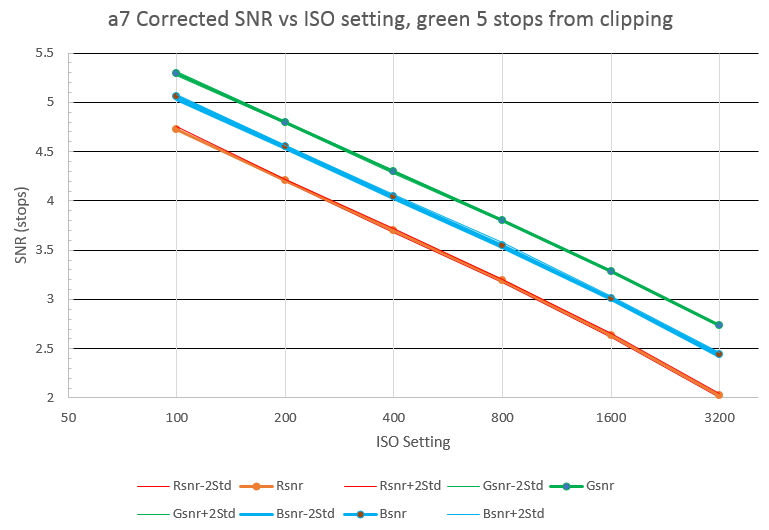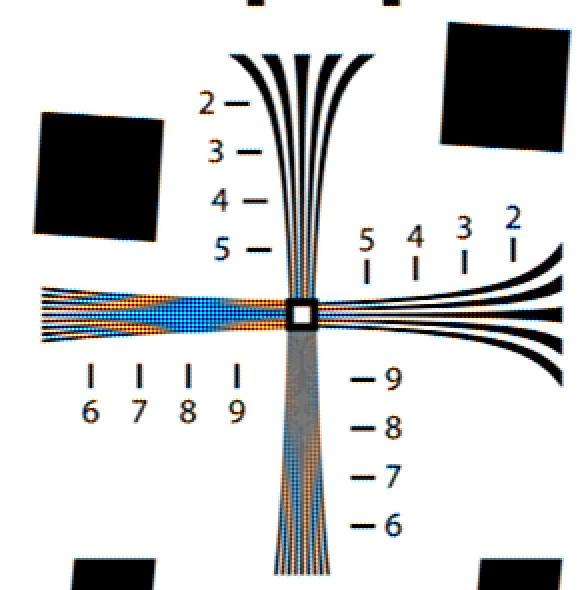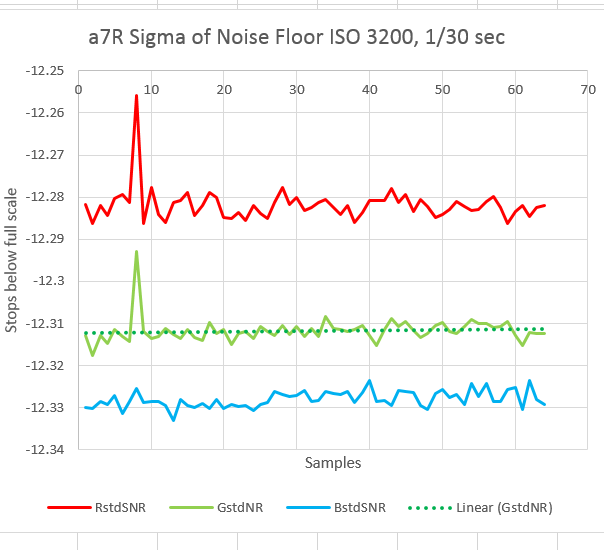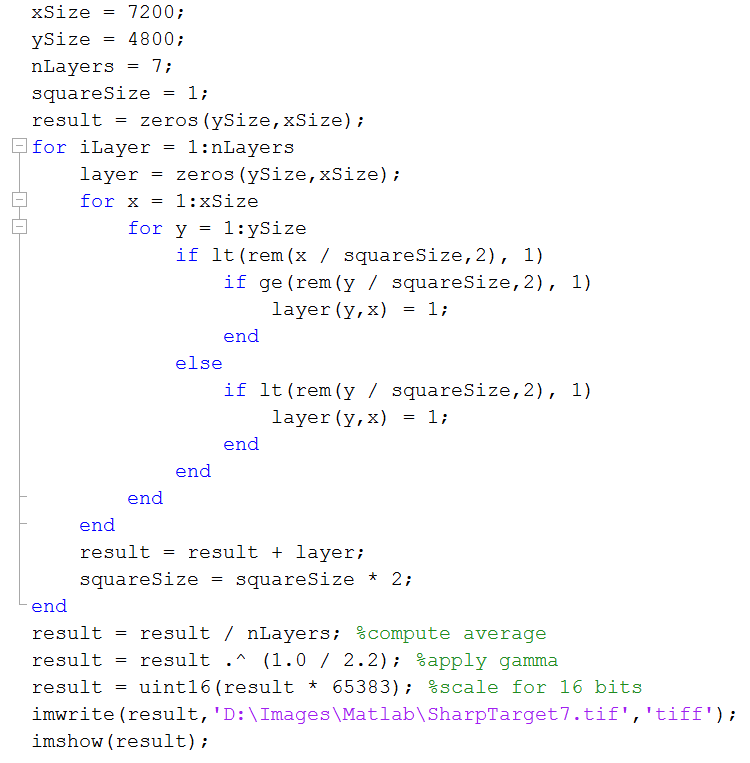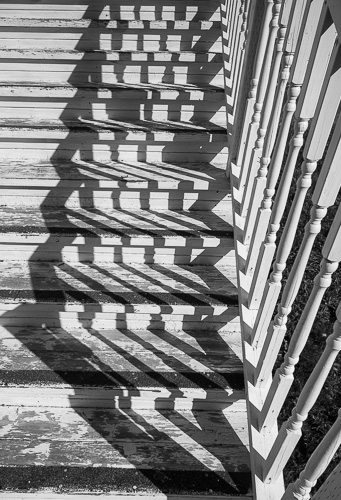With the noise floor and self-heating testing out of the way, we’re ready to tackle the question, “Is the a7 ISOless?” If that question makes no sense to you, hang in there. Explanations follow. If you’ve read this or a similar explanation before, skip to the graphs. Let’s talk a bit about how your camera… [Read More]
Shutter slap simulation with ISO 12233, part 2
I’ve done some more work with my camera simulator. I decided that doing the antialiasing filtering by allowing fill factors of greater than 100%, while programmatically convenient, is not always a good approximation to real AA filters. So I’ve added a separate AA operation that uses either rectangular averaging (box) filtering or circular averaging (pillbox)… [Read More]
Sony a7R noise floor
I am not completely happy with the preceding two posts. In order to do a better job of characterizing the vibration effects of the a7R’s shutter, I need to get further from the ‘scope, make the light path longer with mirrors (no smoke), or come up with a completely different way of making the measurement…. [Read More]
Sharpness testing, part 2
I wrote a little Matlab program to generate the targets: And, yes, all you Matlab experts, I know it can be coded a lot more efficiently, even by me. I wrote it this way so that any Java or C programmer could figure it out. Here’s what a close up of the first four layers… [Read More]
Traveling with the Leica M240, part 6
Size and weight One eternal virtue for a travel camera is small size and light weight. The M240 is smallish by DSLR standards, and the lenses are much smaller than the best-performing DSLR lenses. Weight is not so clear-cut. An M240 with strap, battery, SD card, RRS grip and plate, 18mm Super-Elmar, hood, lens cap,… [Read More]
- 1
- 2
- 3
- …
- 27
- Next Page »
